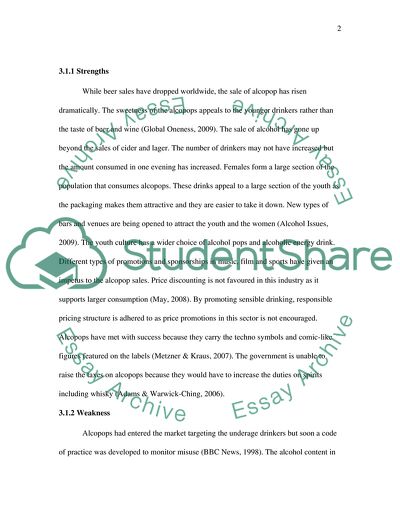Cite this document
(An Environmental Analysis of the UK Market: Alcohol Brands Case Study, n.d.)
An Environmental Analysis of the UK Market: Alcohol Brands Case Study. https://studentshare.org/marketing/1728767-carry-out-an-environmental-analysis-of-the-uk-market
An Environmental Analysis of the UK Market: Alcohol Brands Case Study. https://studentshare.org/marketing/1728767-carry-out-an-environmental-analysis-of-the-uk-market
(An Environmental Analysis of the UK Market: Alcohol Brands Case Study)
An Environmental Analysis of the UK Market: Alcohol Brands Case Study. https://studentshare.org/marketing/1728767-carry-out-an-environmental-analysis-of-the-uk-market.
An Environmental Analysis of the UK Market: Alcohol Brands Case Study. https://studentshare.org/marketing/1728767-carry-out-an-environmental-analysis-of-the-uk-market.
“An Environmental Analysis of the UK Market: Alcohol Brands Case Study”. https://studentshare.org/marketing/1728767-carry-out-an-environmental-analysis-of-the-uk-market.


